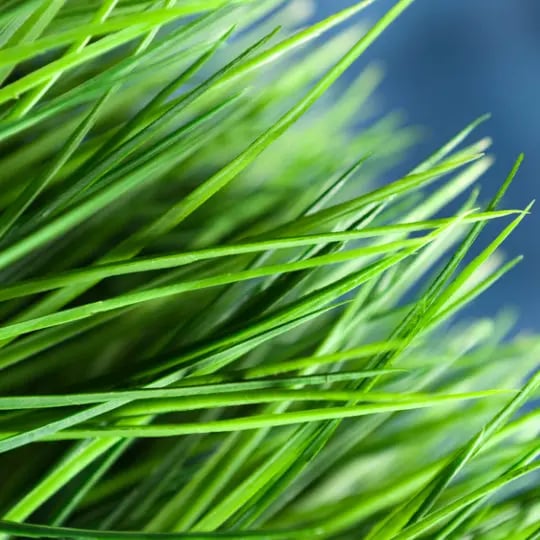Turf Library
Kentucky Bluegrass

Scientific Name: Poa pratensis
The most popular cool-season turf in the tri-state area, Kentucky bluegrass is known for its lush appearance, low-maintenance care requirements, and dense growth. When combined with other species of grass seed, it can create a resilient, multi-purpose lawn.
Identification
Ranging in color from bright green to a deep bluish-green hue, Kentucky bluegrass blades have boat-shaped tips and grow to about 18” to 24” high if left unmowed. Because of its moderate growth pattern, Kentucky bluegrass spreads well and can be used to fill bare patches.
Care
Kentucky bluegrass requires regular watering and fertilization. Watering is especially important in the summer. This cool-season grass develops a shallow root system that does not fare well in extreme drought conditions. Hot, dry conditions force Kentucky bluegrass into a dormant state, but intermittent watering can help bring it back to life. Winter weather puts the grass into a similar dormancy that lasts through the duration of the cold season into spring. Kentucky bluegrass has a poor shade tolerance, so it is not recommended for shadier areas unless a specific seed blend is used to supplement its growth.
Blends
Popular bluegrass seed blends include perennial ryegrass to help it stand up to traffic and other stresses, creeping red fescue for shade tolerance, and annual ryegrass to enhance the lawn’s color.
Growth and Spread
Kentucky bluegrass roots (rhizomes) produce new shoots (tillers) in spring and summer. These shoots branch off and form roots of their own. These new root systems interweave and support the base of the turf as it grows, helping it become more dense.
Need Help with Kentucky Bluegrass?
Call today at and let's talk about how we can help you with Kentucky Bluegrass and other Turf Library.